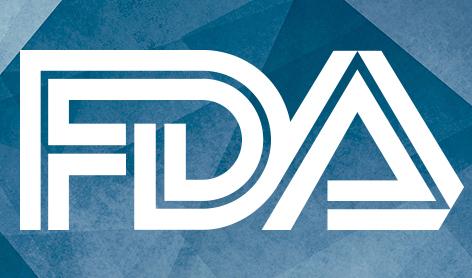Article
FDA Grants Dexcom CGM Breakthrough Designation for In-Hospital Use
Author(s):
Announced on March 1, the Breakthrough Device Designation from the FDA allows for use of Dexcom CGM technology in in-hospital settings and at other healthcare facilities.

The US Food and Drug Administration (FDA) has granted Breakthrough Device Designation for Dexcom Continuous Glucose monitoring (CGM) technology for use in hospital settings, according to an announcement from Dexcom.
A little less than 2 years after the FDA’s April 2020 decision to extend use of Dexcom CGM systems to hospitalized patients to support COVID-19 healthcare-related efforts, the latest announcement from FDA underlines the importance of monitoring changes in glucose levels and allows hospital staff to remotely monitor glucose in patients using the Dexcom CGM technology, which could reduce provider-patient interaction and limit viral exposure among hospital staff.
“In our extensive use of Dexcom CGM in our hospitals as part of exploratory studies over the last seven years, more than 800 of those patients treated during the pandemic, we have found that the device improves glucose control without any increased risk in hypoglycemia,” said Athena Philis-Tsimikas, MD, endocrinologist and corporate vice president for the Scripps Whittier Diabetes Institute in San Diego, in the press release from Dexcom. “Breakthrough Device Designation from the FDA could be transformative for using CGM for in-patient care in hospitals.”
Announced on March 1, the designation represents a milestone for in-patient CGM use. In April 2020, the US FDA notified Dexcom that while it was indicated for home use and have not been cleared or approved for use in hospital settings, it was exercising enforcement discretion and would not object to use of CGM systems for treatment of patients in hospital settings and other healthcare facilities to support healthcare-related efforts during the pandemic.
Dexcom created a special page on their website to provide resources to inform clinicians on use of CGM systems, including videos detailing clinical use of CGM and an overview of the Dexcom G6 system as well as links to studies on real-time CGM use in intensive and nonintensive care units.
“During the COVID-19 pandemic, the FDA allowed Dexcom CGM to be used in hospitals to help health care providers manage patient glucose levels,” said Gil Rivas, vice president, general manager of hospital at Dexcom. “What started as a response during the pandemic has shown promise as a better alternative to fingerstick blood glucose tests with greater quality of care and patient satisfaction.”





